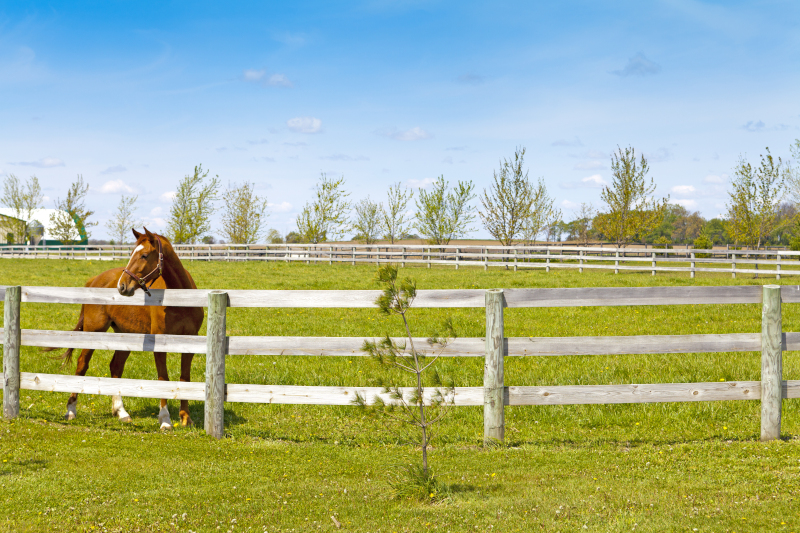
13 Oct Animal and Livestock Insurance: Decision in Runaway Horse Case
Farmers and livestock businesses often ask us about their insurance liability for animals as this can become a contentious issue, especially when animals cause accidents and injury to third parties.
The long-running case regarding a runaway horse that caused a major road accident has now been settled in the High Court. The judgment offers guidance on liability for farmers and animal owners, and also insurers.
The animal liability case in a nutshell
When two horses escaped from their retirement stabling in Esher they ran loose onto a busy road and caused a serious road accident in which several cars and occupants were involved.
One of the injured passengers was an 18-year-old woman (Ms S) who had been travelling in a taxi when it collided with one of the horses (L).
In the accident, Ms S suffered life-altering injuries; severe traumatic brain injury, spinal injuries, multiple bone fractures and nerve damage.
Ms S made claims against three defendants, the owner of L, the owner of the livery stable business, and the taxi driver. The claims against the second and third defendants had already been resolved.
The final issue was the question of whether L’s owner was liable for the injuries sustained by Ms S and it was this matter which resulted in the High Court judgment of 3 October 2022.
The Animals Act 1971 and liability for accidents and injury
As horses, and most domesticated animals, are not considered in law as “dangerous animals”, the case rested on Section 2(2) of the Animals Act 1971 (the Act).
The injured party’s legal team claimed that the owner of the horse was liable for their client’s injuries under s2(2b) of the Act in that “a keeper of the animal is liable for the damage… if the likelihood of the damage or of its being severe was due to characteristics of the animal which are not normally found in animals of the same species or are not normally so found except at particular times or in particular circumstances”.
The evidence heard by the court included equine behavioural reports and witness statements from people who had seen the animals in the hours and minutes leading up to the collision.
In her judgment, the judge stated she could not find that the likelihood of severe damage to the Claimant was due to L’s characteristics. She found instead that it was the fact that L, a large and heavy animal, was standing in a place it should not have been that caused the Claimant’s injuries and therefore, the owner could not be held liable.
The matter relating to the owner of the livery stable business, a retirement facility for horses, had already resulted in a criminal conviction in respect of the fencing breach which allowed the horses to escape and therefore come to be on the road.
Good news for insurers
The legal team acting for the horse’s owner explained that the judgment is positive for animal owners and insurers because it means that the mere fact an animal has escaped from a commercial facility and then caused an accident does not render the owner automatically liable.
This case highlights the importance of insurance for animal owners and for commercial enterprises involved in the care of livestock. It also underlines the crucial nature of understanding insurance liability for certain situations, such as who has liability when an animal is being moved or transferred.
Contact Tredstone today to discuss your farm or agriculture business insurance needs.







No Comments